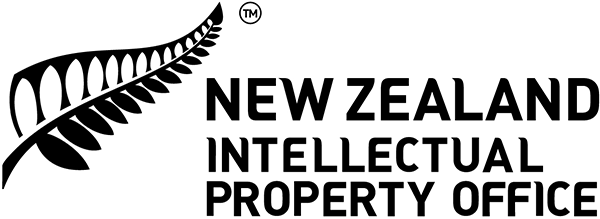Wrestler
A novel idea, of using immersive virtual reality, gave creative design agency Wrestler its edge. Clever use of trade marks and copyright help ensure they maintain their competitive advantage.
Kat Lintott is shown walking on the beach at Lyall Bay. The title says “Dream it. Do it. Own it.”. She says “Wellington as a place to do business is super awesome, because we have the tech industry and the creative industry. It's a really tight community.”
The scene changes to show her seated in a team room at work – the Wrestler offices. She says “Kia ora, ko Kat Lintott ahau. My husband Ben and I are co-founders of Wrestler.” We see Ben and Kat walking down a track on Mt. Victoria, Wellington.
“I head up the interactive part of Wrestler, which really focusses on virtual reality, augmented reality and gaming.” We see Kat in virtual reality goggles, in a bland space, moving hand held virtual things around in a goofy way.
“Wrestler came out of a strategy day, we looked at how the name could be changed to actually get them to think about that we are actually going to push back on creative, and have like a wrestle basically with creative (development).”
We see Kat walking through the offices, past the large Wrestler “W” brand and sitting down at a meeting with Ben and a staff member.
She says “copyright becomes a consideration every moment of our day. Whether it is our own ideas coming to life, or using other contractors, creators, using music.”
We see Kat seated in an arched relaxation space in the Wrestler office. She says “When we registered ‘Wrestler’ with the companies' office, I thought we had trademarked the name Wrestler. But we hadn't. I had this moment of like, we haven't trademarked it! I was kind of freaking out about it. I emailed a friend of mine, he was like, ‘yup, we can do it for you’.”
We return to seeing Kat on the beach, with her dog. She says “I just can't believe it took us a whole year to register it. We need to make sure the work we are doing is making the world a better place. Not just selling things for the sake of consumption. Whether it's sustainability or mental health, equality. These are the things that we really think about when we are working with a client.”
“Story telling is the most powerful tool we can use to make the world a better place, and somewhere that our rangatahi want to inherit. And that is why I think that our story is so powerful and why I love what we do at Wrestler.”
The end titles say “Own your love what you do idea” and the film finishes with the Intellectual Property Office of New Zealand logo.
View more case studies
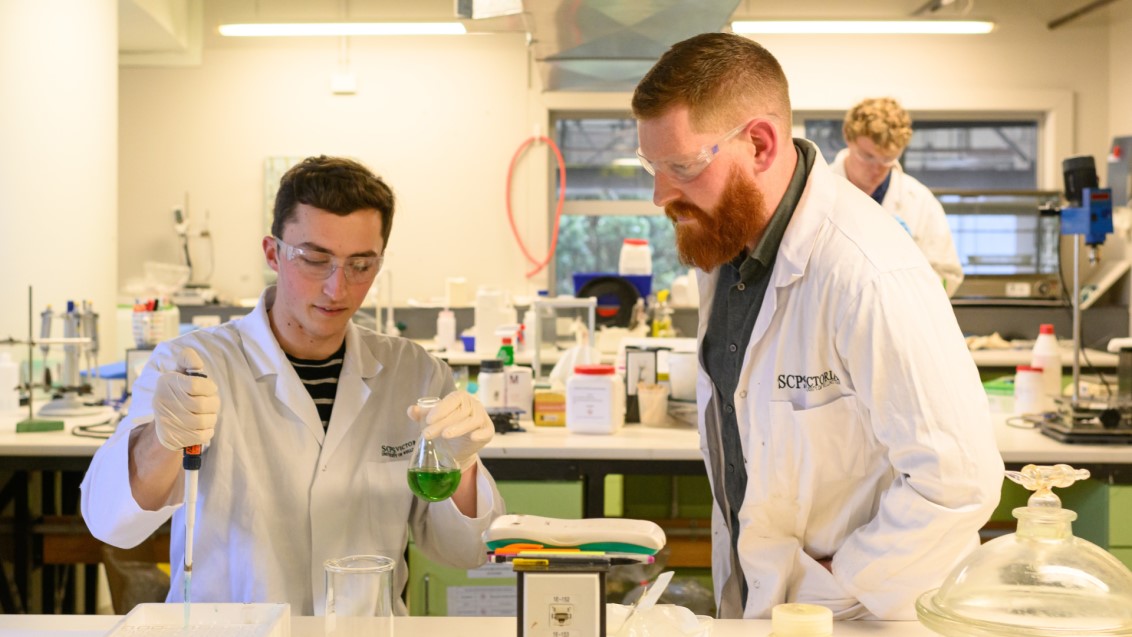
Eldon Tate knew he needed to protect his world leading antimicrobial technology before going to market.
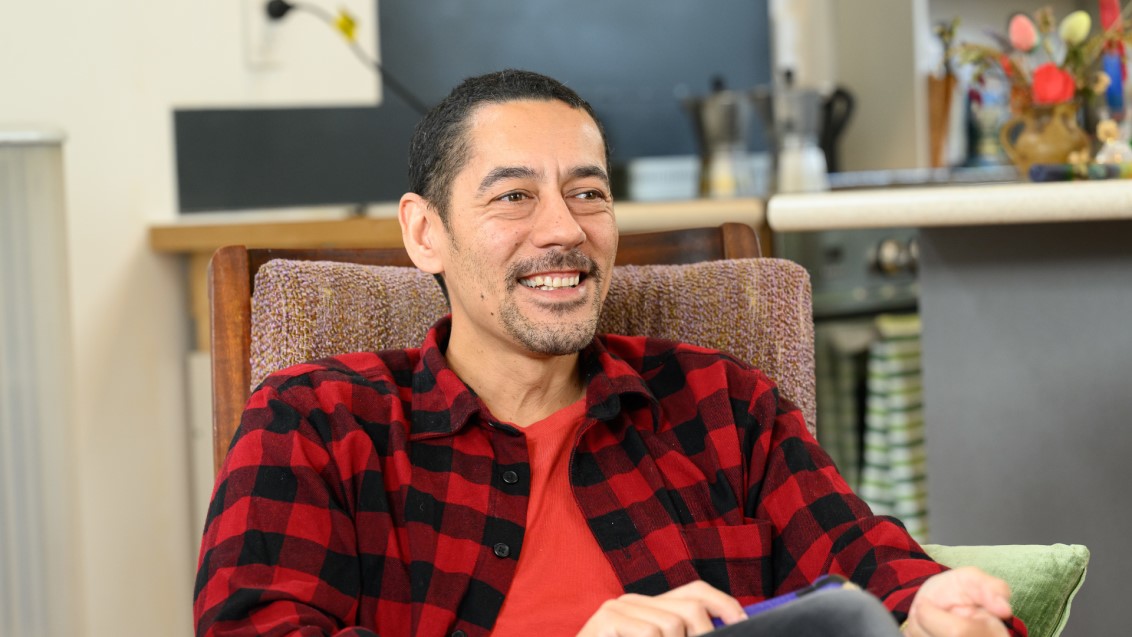
Based in the hills of Wellington, Paku honours mātauranga Māori in the creation of tools for children.
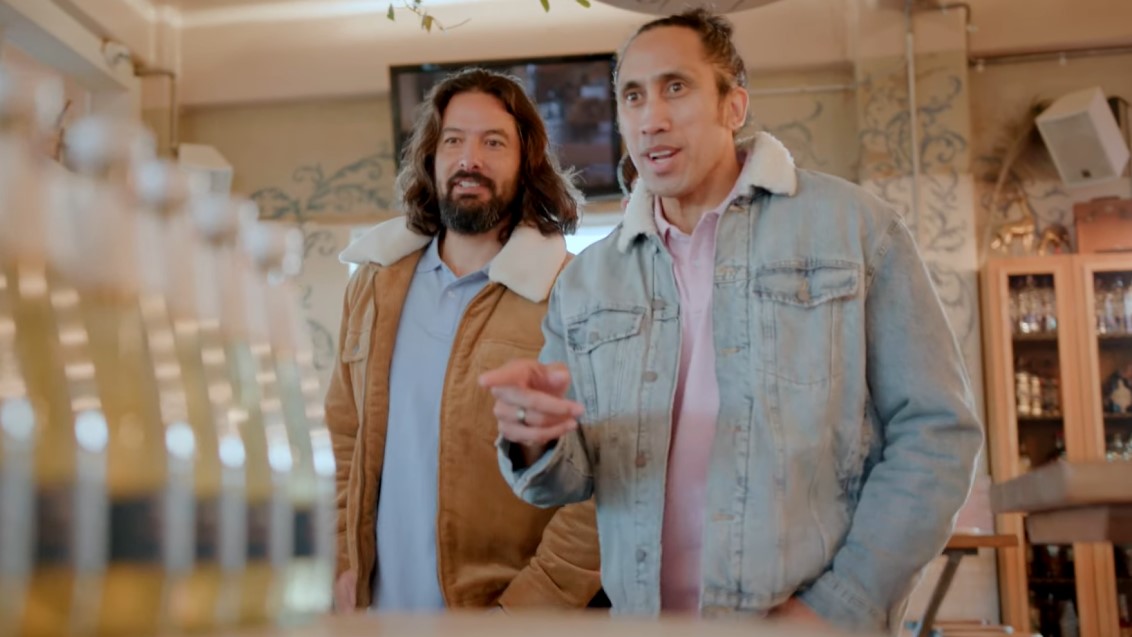
Wai Mānuka. A locally-sourced, premium, non-alcoholic beverage dreamed up by 3 friends at a party.
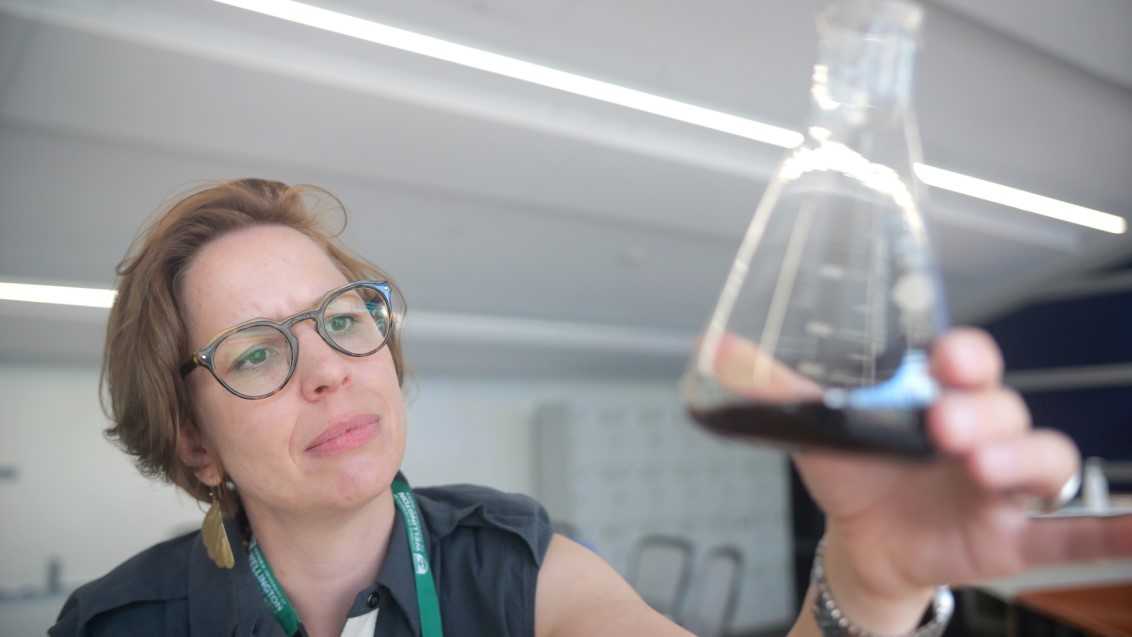
Evithé Biotechnology tackles the inflammation process by applying the ways plants defend themselves.
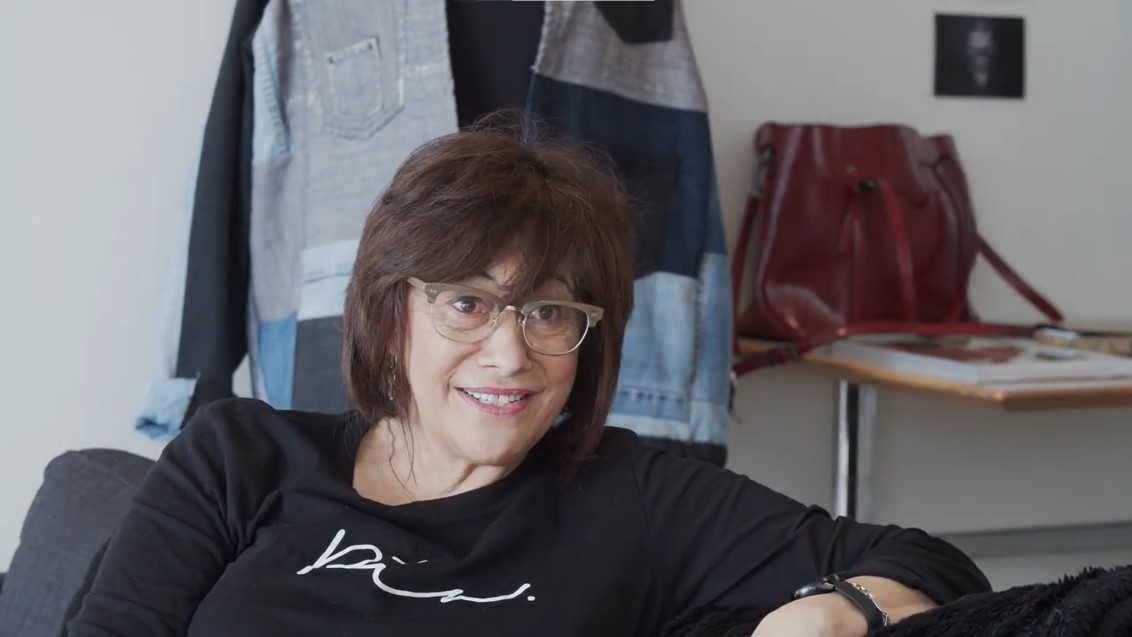
Miromoda nurtures young Māori fashion designers into an edgy annual showcase at NZ Fashion Week. Trade mark protection helped them build their brand.
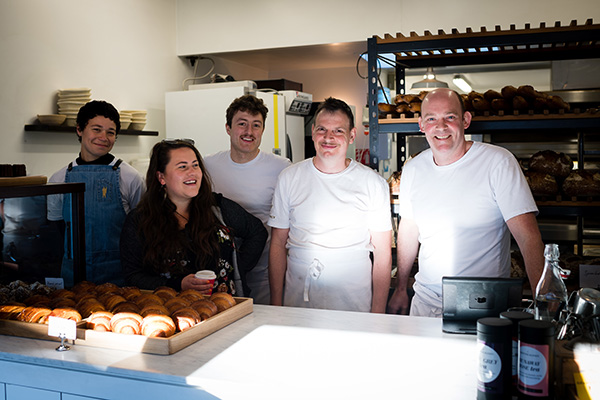
Registering their trade mark early meant Baker Gramercy’s brand was protected as their reputation for authentic, fresh-baked goods took off.
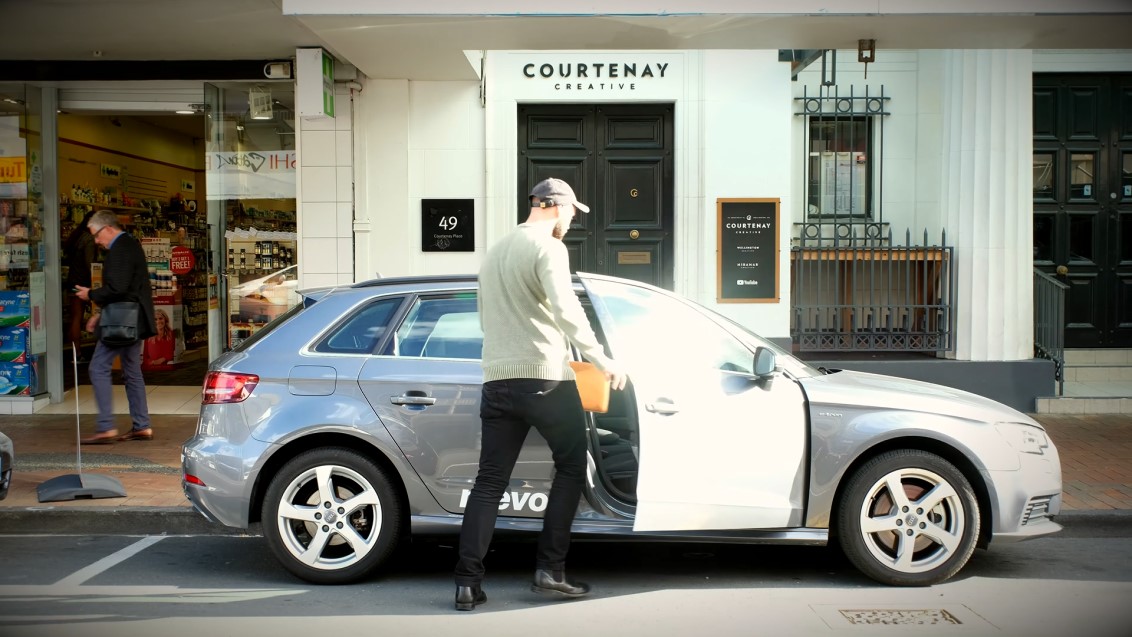
Gaining thir own trade mark, and licensing other brands’ software IP, this unique car rental company got moving faster than ever.
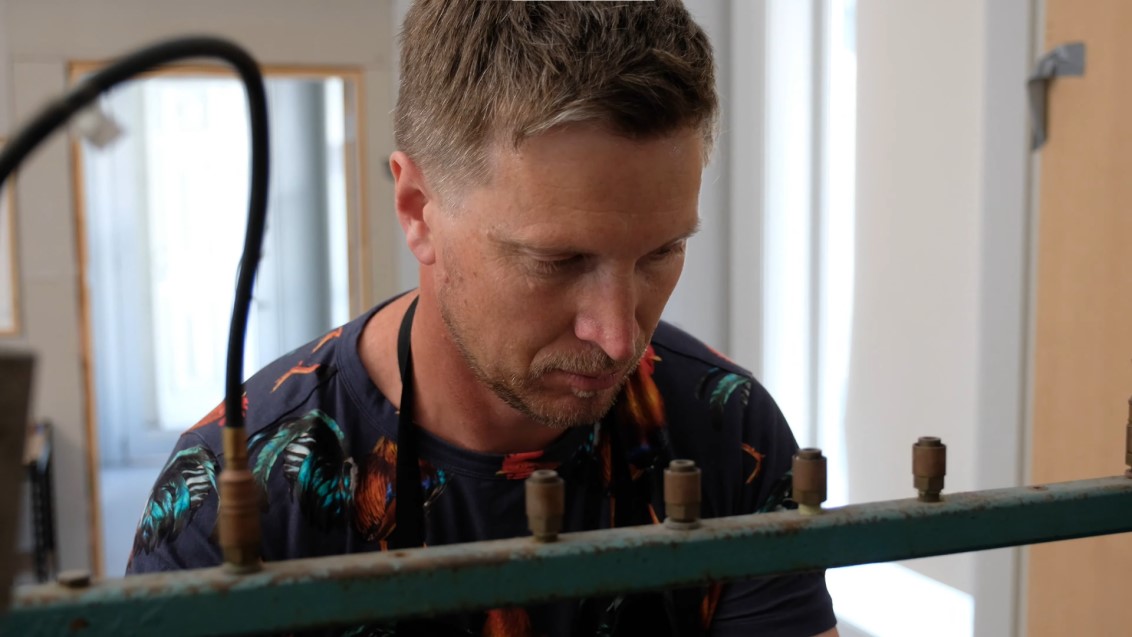
With their distinctive wallpapers and screen printing in high demand, find out how PaperHands protected their reputation with a registered trade mark.
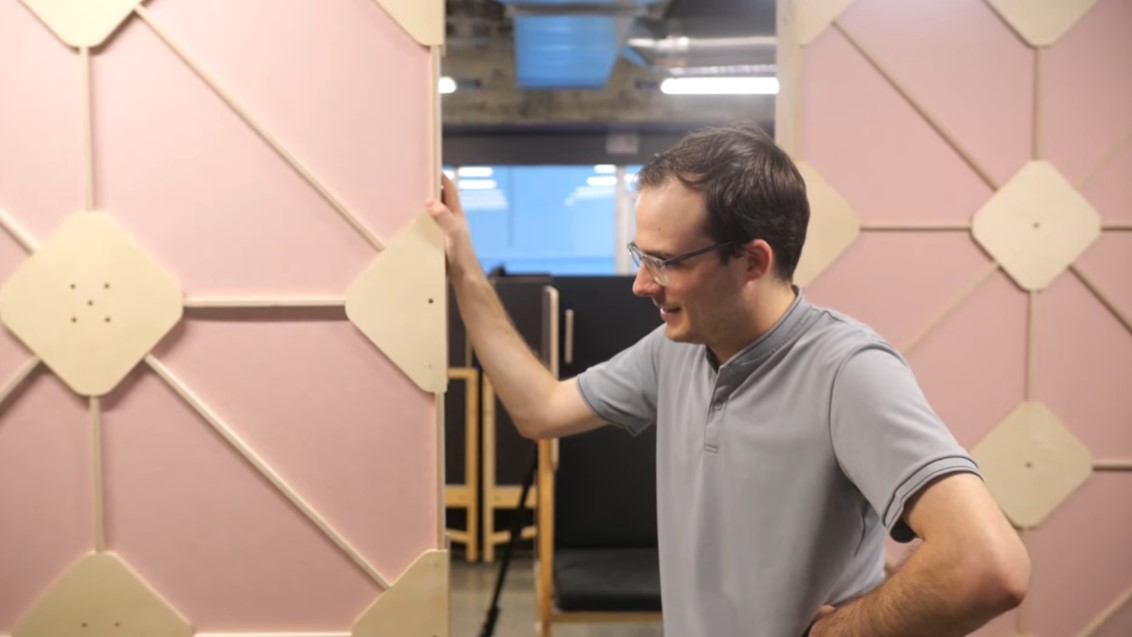
An innovative building frame idea gained XFrame a registered design, and a lesson on the importance of timing for patent protection.
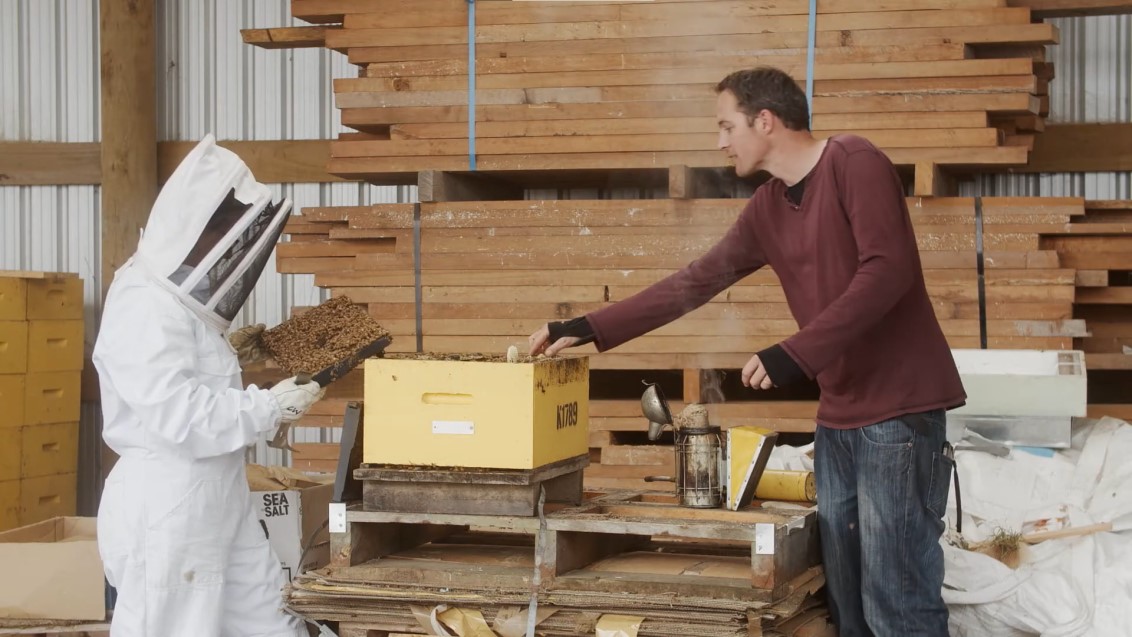
A newfound love for beekeeping sent Julian McCurdy on a mission to create new tech to monitor beehive health.
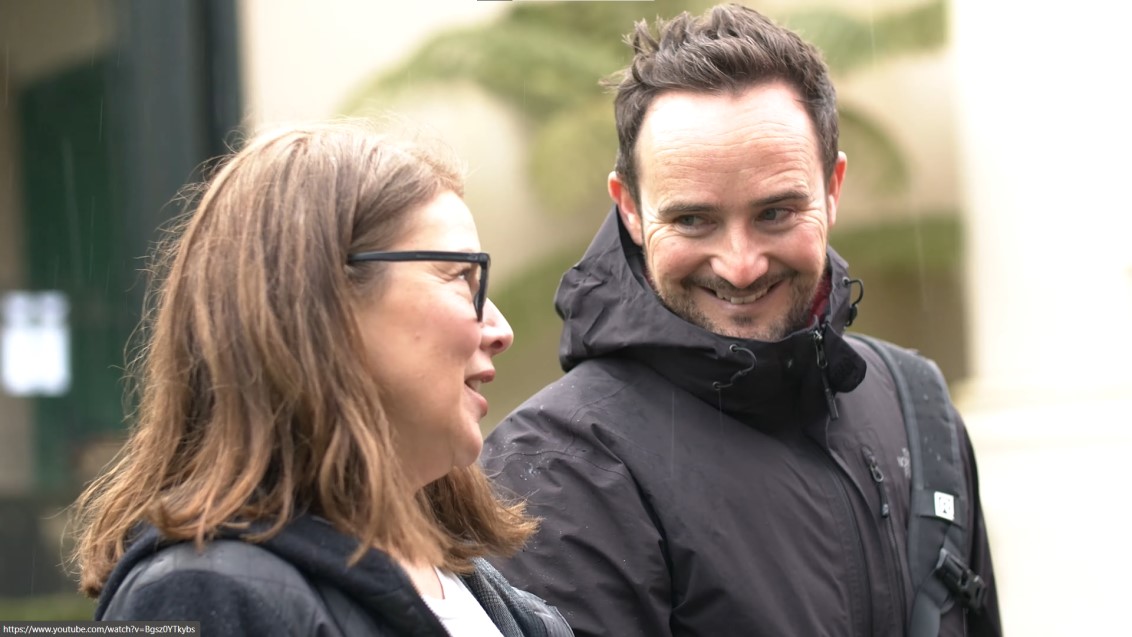
Kind is the new cool. A small Wellington based team make it easy to give one percent of your income to some smaller, cool, Kiwi-based charities.
